 ALAN PARADISE
.
June 20, 2022
.
All Feature Vehicles
ALAN PARADISE
.
June 20, 2022
.
All Feature Vehicles
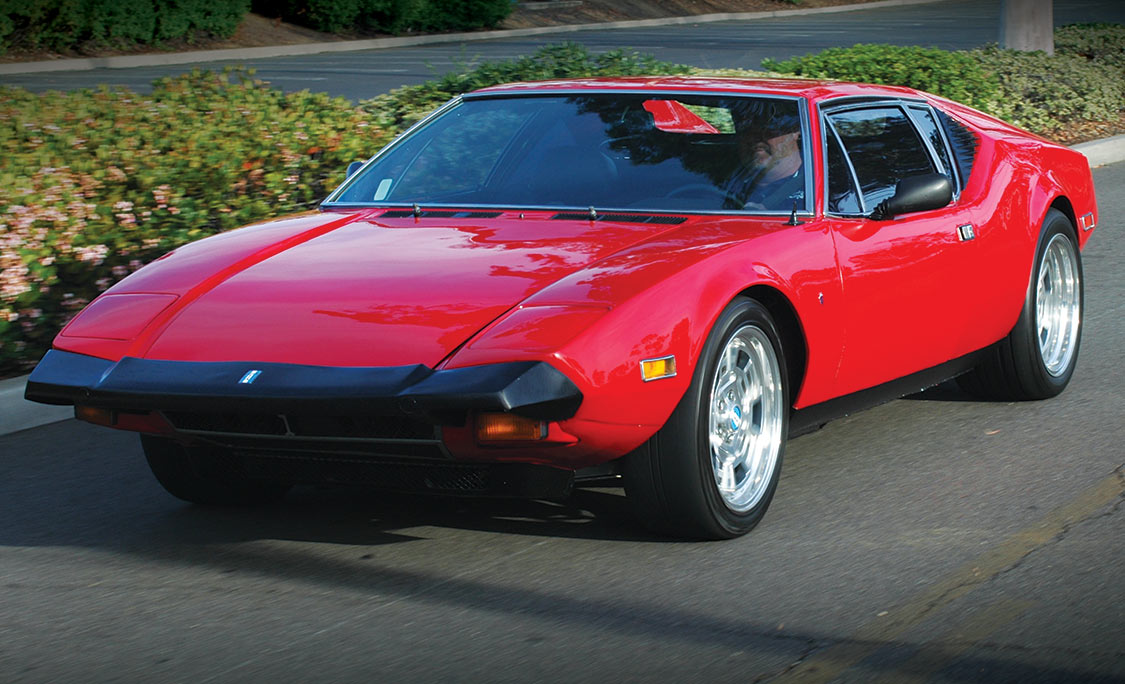
Over the past 20-years, the word “Hybrid” has become a fixture in the automotive vernacular. On course, the general public relates the word to a mixture of power supplied by an internal combustion engine and electric motors. While this may be the modern version, performance geeks and gear heads first used the word to describe the marriage of European styling with American muscle.
There have been many automotive unions of the old and new worlds. Some of these cars became legends while others remain obscure. Arguably, the most popular of the cross-culture can summed up in two very distinctive, yet vastly different sports cars – the Shelby Cobra and DeTomaso Pantera.
Ford’s Lee Iacocca took up the challenge and found the company’s answer by urging a cottage builder named DeTomaso to create a better Mangusta. That car became the Pantera.
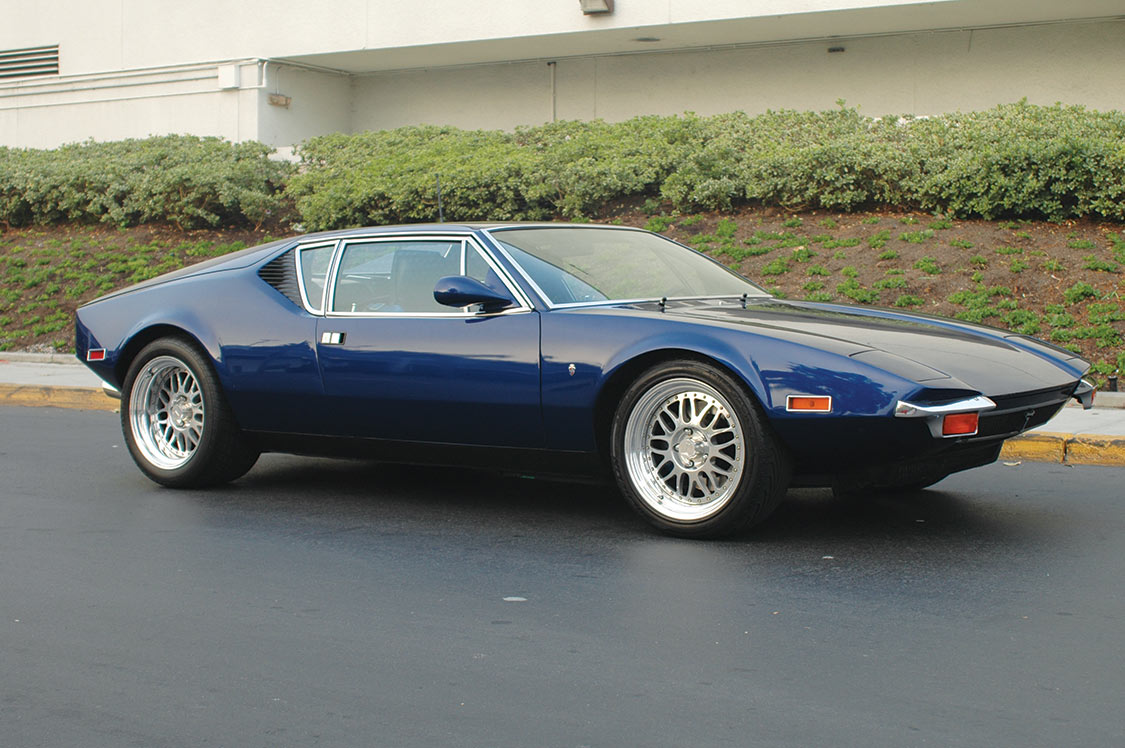
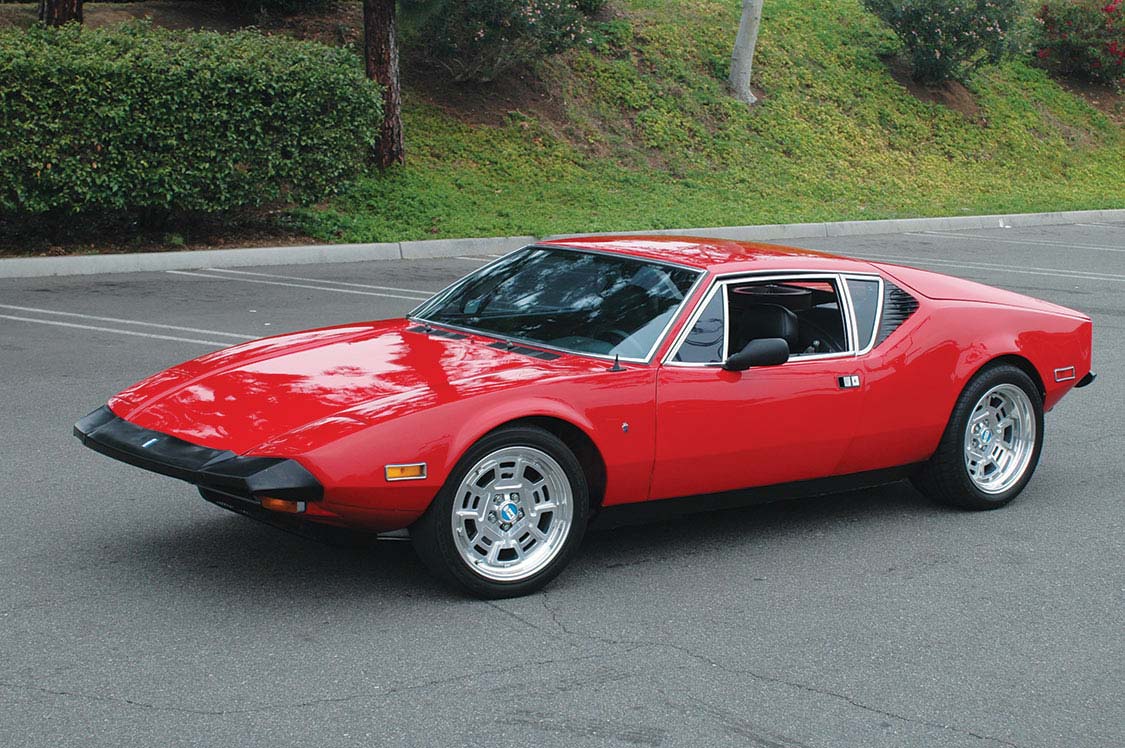
For any self-respecting car freak, the Cobra’s history is well known. The blending of the AC Ace styling with various Ford V-8 engines made Carroll Shelby a giant in the industry and a household name. The Pantera, on the other hand, is not as embedded into the car culture gray matter. However, the car and the arrangement for import into the United States offers some historical significance as well as a connection to America’s most successful racing venture.
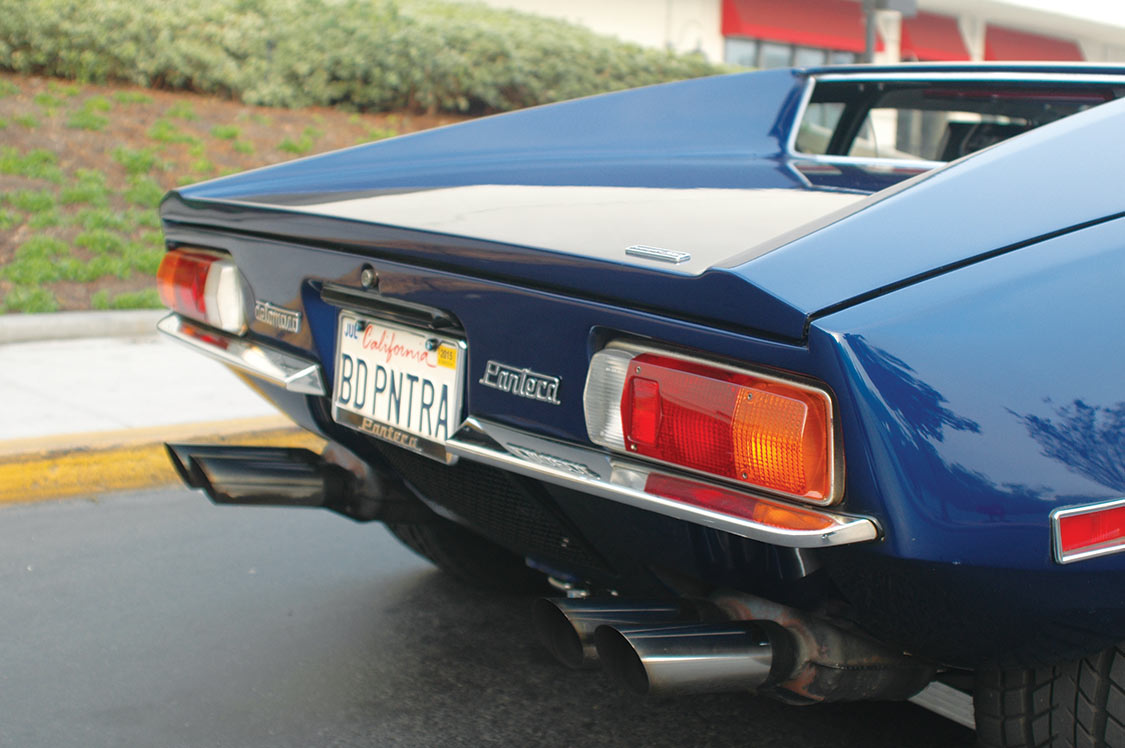
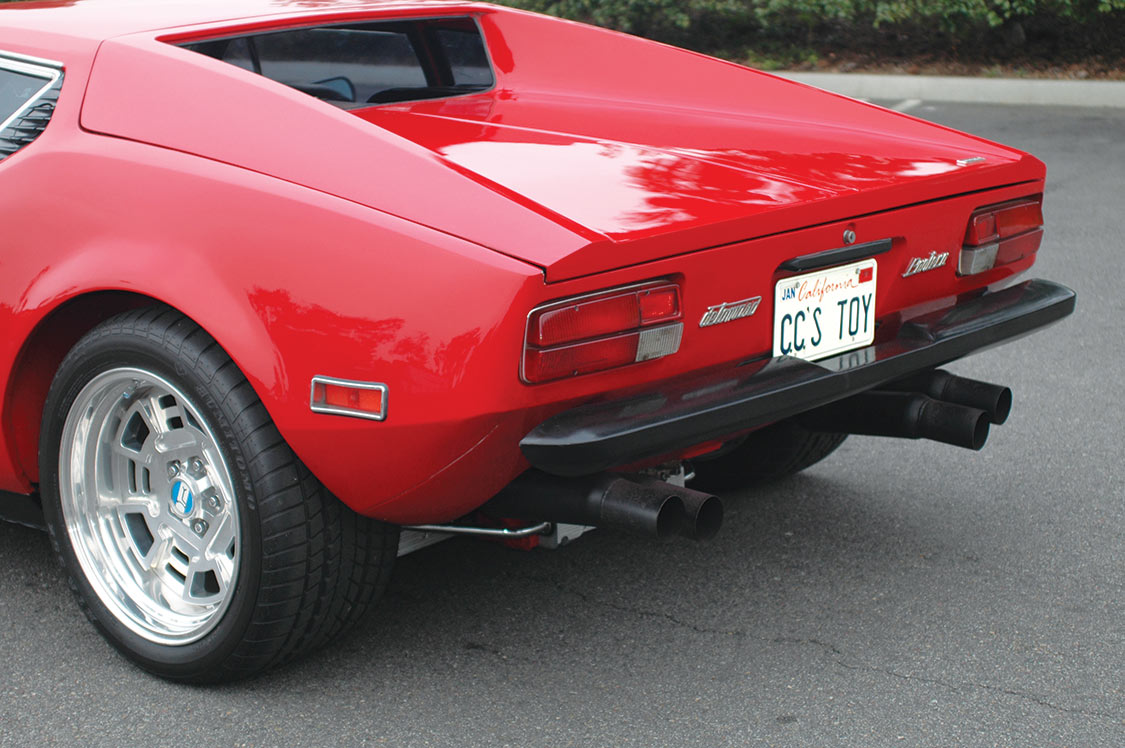
Steeped in the rich history of Ford versus Ferrari of the 1960s, Henry Ford II was steamed after Enzo Ferrari pulled out of a deal that would have made the Italian sports car maker a part of Ford Motor Company. From that disdain came the creation of the Ford GT40 – and along the way domination of the famed 24 Hours of Le Mans. Turning the famed GT40 from racing superstar to a roadworthy sports car proved difficult. If Ford was going to be the first U.S. automaker to offered a mid-engine sports car and challenge Ferrari on that stage, it needed another solution. Ford’s Lee Iacocca took up the challenge and found the company’s answer by urging a cottage builder named DeTomaso to create a better Mangusta. That car became the Pantera.
Italian motorcycle maker Alejandro DeTomaso ventured into the elite, high-performance sports car market in 1967 with the Mangusta; a Ghia designed body over a steel backbone chassis powered by a mid-ship mounted Ford 302 V-8 engine. Intrigued by the possibilities, Ford watched and waited as build quality improved over the first two years of production. In a wise and calculated move, DeTomaso tapped Ghia’s young American stylist Tom Tjaarda to design his next sports car. Dubbed “Pantera,” the crisp angular lines with a sloping nose and high rear deck design was shown to Ford’s decision makers. The suggestion to replace the Boss 302 engine with a new 351 Cleveland was made and shortly thereafter the die was cast. Ford had its Italian sports car connection.
Production of the Pantera began in the summer of 1970. Designed with significant upgrades over the Mangusta, a new unit-steel understructure was used along with a coil/wishbone suspension. Four-wheel disc brakes, better shock dampening and a tighter steering geometry made for a far more sure-footed and compliant handling car, especially in wet weather.
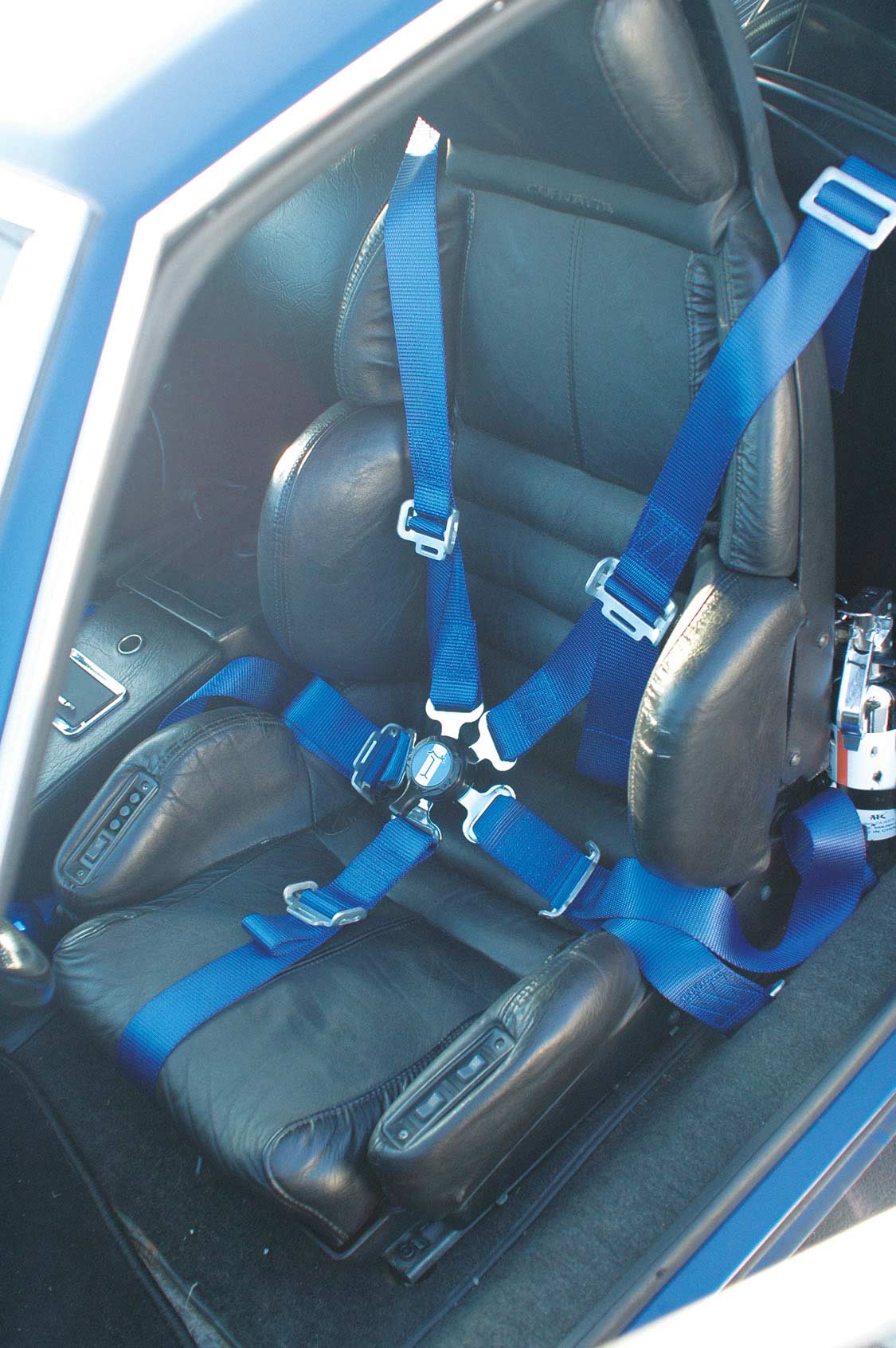
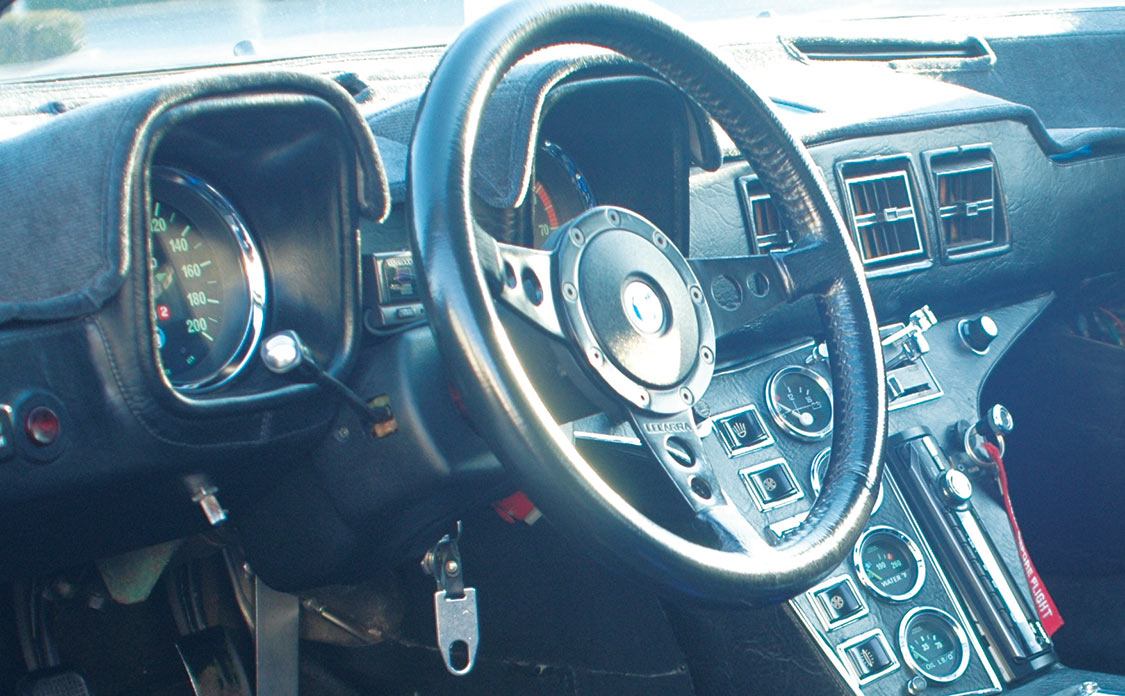
Ford’s distribution plan was to sell the high-end exotic sports car through upscale Lincoln-Mercury dealerships. In late April, the 1971 Pantera was part of the showroom mix. With a sticker price of $9,999.00, it was sold at the same level as the aging Jaguar XKE. In contrast, the Ferrari 365GTB or Lamborghini Miura were over twice that price and the Dino (a car at the time deemed unworthy of being called a Ferrari) was just over $15,000.
Ford projected to sell 4,000 Panteras each year and funded the project based on that lofty number. Lincoln-Mercury dealers were allotted inventory based on total sales volume from the previous year. This made for a lopsided and often odd disbursement of car. The scheme did not guarantee sales success. It didn’t take long for dealerships in Sunbelt states and selected northeastern dealerships to swap Lincoln inventory with dealers who had a Pantera languishing on the showroom floor.
To handle the expected sales volume, Ford funded and offered much needed technical support and expertise. The first 75 cars were mostly hand assembled in the Turin facility where the Mangusta was built. Build quality was an issue on early models as DeTomaso was not yet equipped for a high volume, faster paced assembly procedure. With Ford’s funding and assistance, DeTomaso moved to a more modern assembly line style plant in Modena. Despite the move, the learning curve resulted in a number of quality issues that plagued Lincoln-Mercury dealerships. At one point, some dealerships dealt with issues by sending technicians to the owners to correct factory defects. Only 1,007 units were imported in 1971, far below expectations. By the time the 1972 model year was across the Atlantic, most of the early issues had been sorted out.
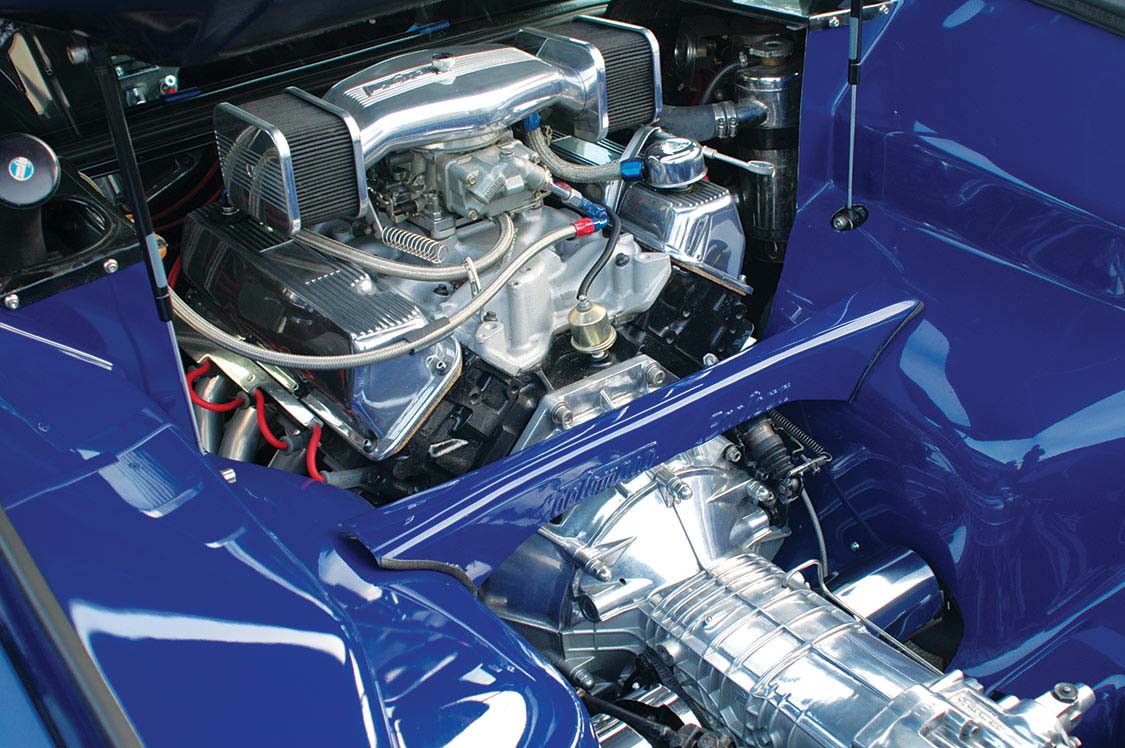
To meet increasing DOT and EPA standards, the “Lusso” model debuted in August of 1972. This became the popular 1973 Pantera L. Lusso is Italian for luxury. Oddly, there was nothing more luxurious about the ’73 model. It did feature a new black front and rear bumpers that satisfied DOT 5-MPH crash test requirements. Other changes included a new single pod gauge panel.
By the time the 1974 Pantera reached Lincoln-Mercury dealers, the writing was on the wall. Production and sales never reached the heights Ford had hoped for. With more restrictive DOT and EPA standards coming down the line, the plug was pulled on the partnership. When the final count tallied, only 5,629 U.S. spec units were sold. It took 30-years for Ford to finally come out with its next mid-engine super sports car – the Ford GT.
Ford and DeTomaso expected the Pantera to become an alternative to Ferrari and Lamborghini. However, when positioned at a price point, it did not adversely affect either of its Italian competitors. Many sports car elitists found the grunt and torque of the Ford V-8 to lacked the sophistication of a silky Italian V12. What the Pantera did create was a natural progression for Corvette and American muscle car enthusiasts to transition into the world of international sports cars. This also created a place where an exotic could be modified and personalized without the fear of persecution – something that does not exist in the Ferrari and Lamborghini communities. This is where the Pantera turned into an exotic car suitable for hot rodders.
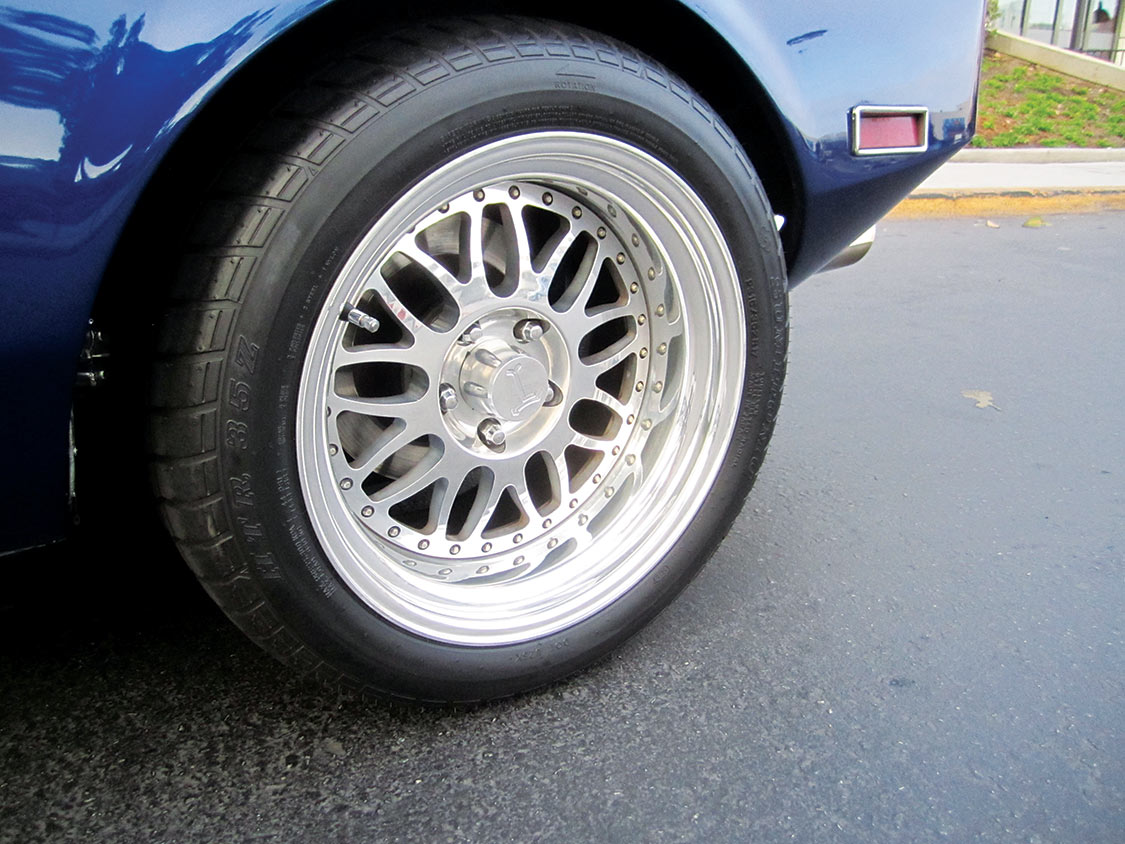
The confidence to modify started with the availability of performance enhancements for the Ford 351 V-8. Each year the engine’s compression ratio dropped from a high of 11:1 to a low of 8.6:1. This allowed for a great deal of leeway in terms of bolt-on induction options. It is not unusual to see a Pantera sporting dual four-barrel carburetion in place of the standard single-four setup. The lower compression engines allowed for the use of superchargers and turbochargers. Some were even modified with fuel injection and at least one has been spotted with ultra-rare six two-barrel carburetion.
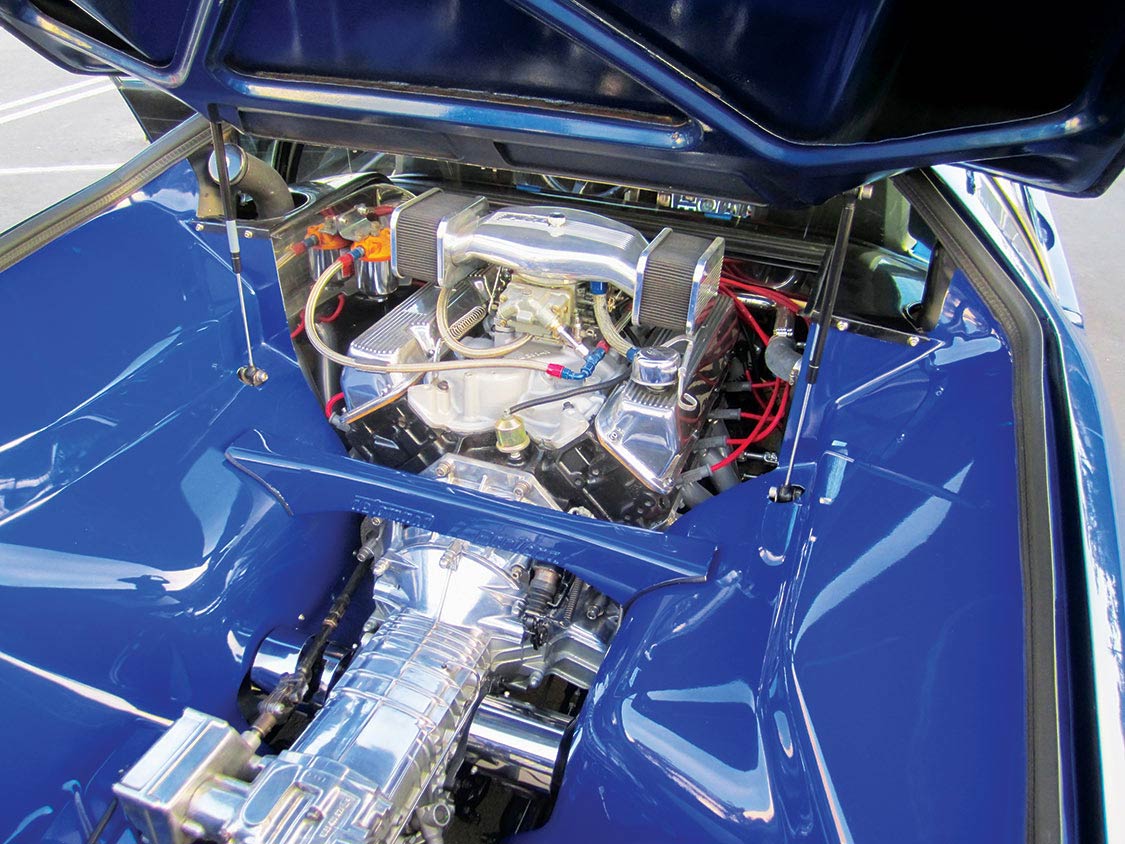
Because many Pantera owners come from the Corvette and muscle car ranks, customizing is part of their DNA. Suspension upgrades, exterior styling, tires, wheels, and interior mods are not just accepted but are expected. That mentality permeates the Pantera culture and is as strong (if not stronger) today as it has ever been. It is a primary reason these cars are so heavily sought after and converted as an exotic sports car that offers the freedom for ownership expression.
Nearly all Panteras imported from 1971 to 1974 have some sort of aftermarket modification. Many have been heavily upgraded and/or personalized to reflect the exact taste of its owner. These transformations bear no stigma with the cult followers. It’s an “anything goes” affinity that celebrates modification as well as restoration.
There are two basic Pantera models – commonly referred to as Pre-L (1971-72) and L (1973-74) variants. The easiest way to sport a Pre-L from an L is the appearance of the nose and tail. Pre-L models have chrome corner bumpers while L models were fitted with a black single front bumper with impact absorbing pistons. In ’73, DeTomaso also changed the taillight design. The big interior change in 1973-74 models was the single pod dash that angled the tachometer and speedometer toward the center of the driver. This was in place of twin-pod dash that was harder to read – especially at 160-MPH. 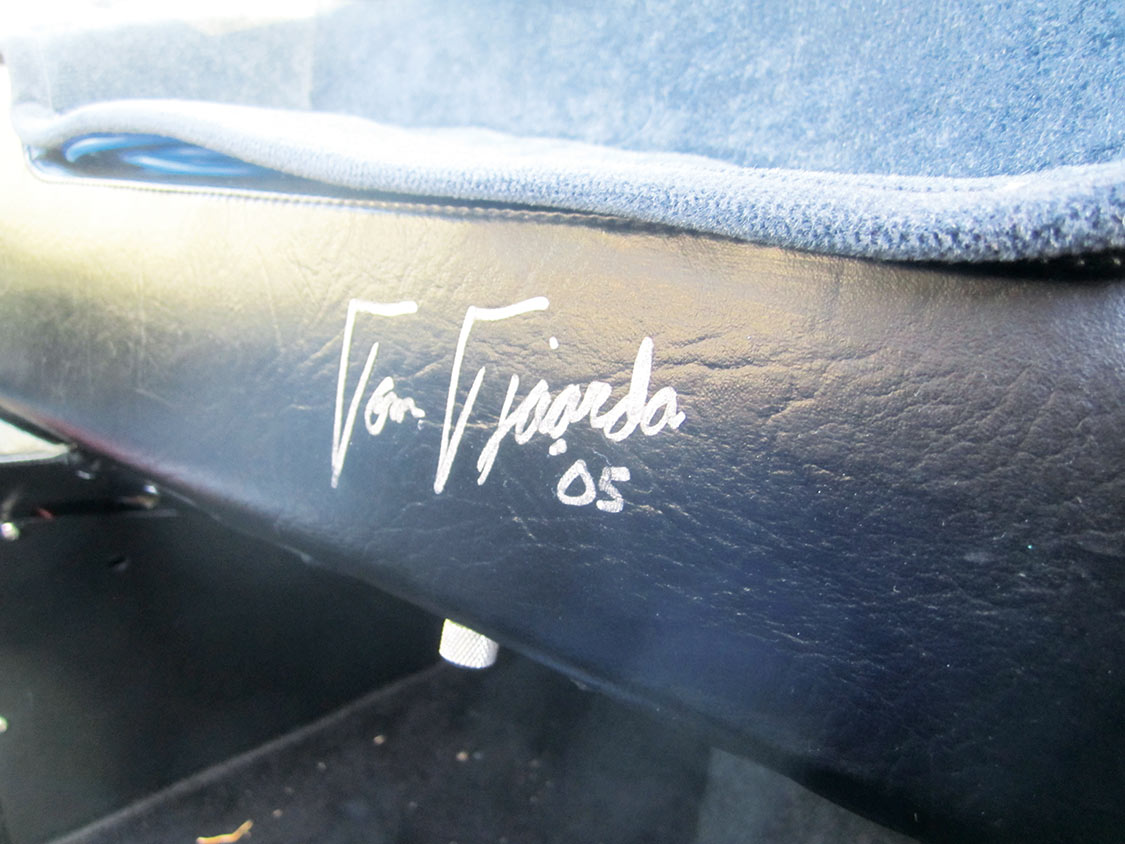
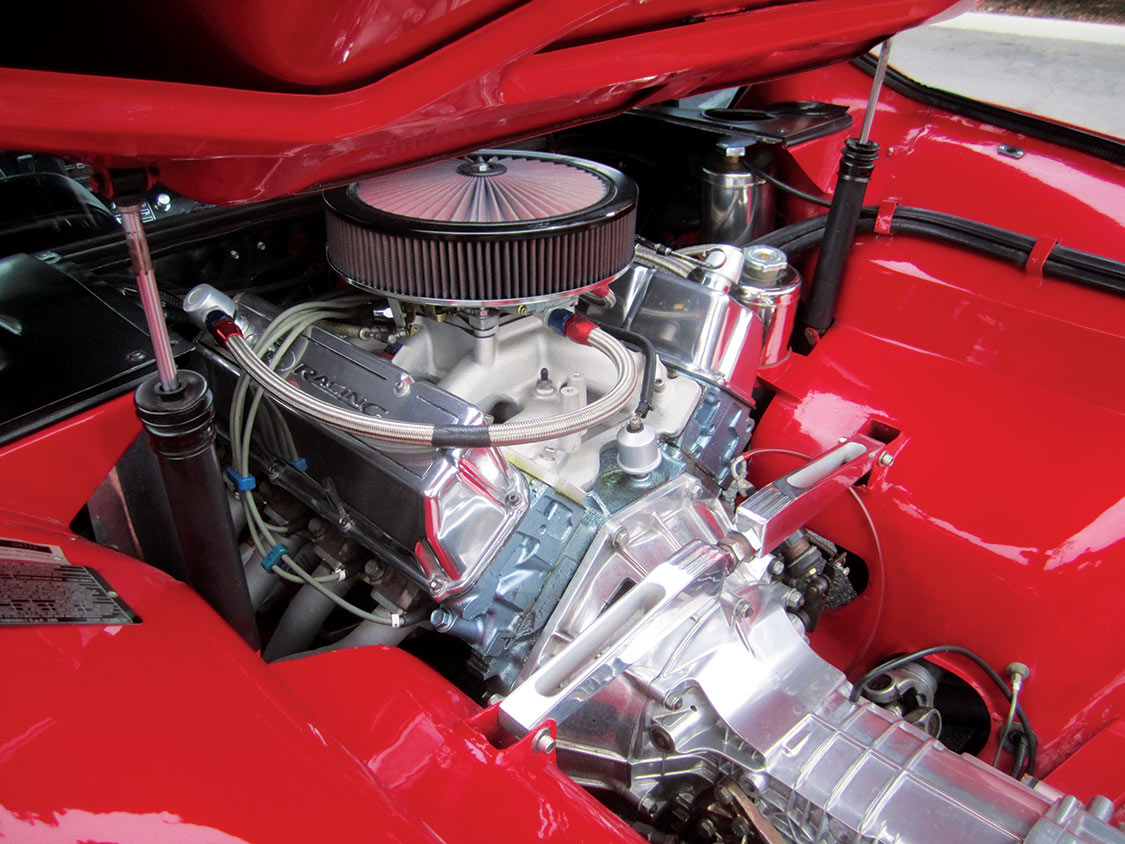
There are also several technical differences between the years – most had to do with internal engine components such as camshafts timing, compression ratios, and exhaust headers. Within the Pantera community, the 1972 and 1973 models are considered the most desirable. This is mainly due to the early quality issues of the ’71 and the lack of commitment by Ford to continue funding the program in 1974. However, time heals all wounds and the ’71 models are looked upon as the pioneer and the ’74 as the swan song.
Panteras are a car made to be driven, and there is no shortage of owners who enjoy testing that theory. As an example, consider Mike Becker’s 1971 Pre-L and the 1973 L of Craig Campman. Both are members of the San Diego Pantera Club – Mike from Chula Vista and Craig out of Escondido. Both will admit that neither example is a show car – but that’s exactly what makes these examples special. Like nearly all Pantera owners, these two drivers are ready and willing to explore the road – near or far – on a weekly basis.
Because many Pantera owners come from the Corvette and muscle car ranks, customizing is part of their DNA. Suspension upgrades, exterior styling, tires, wheels, and interior mods are not just accepted but are expected.
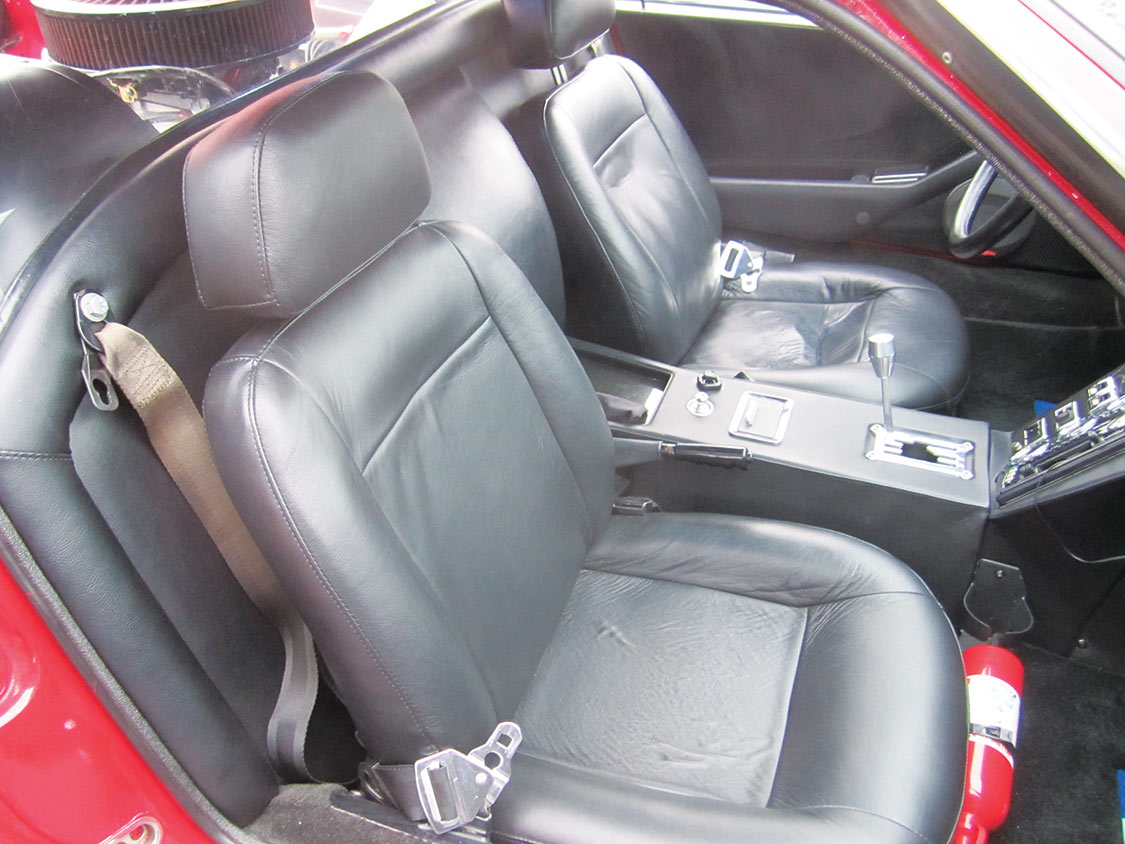
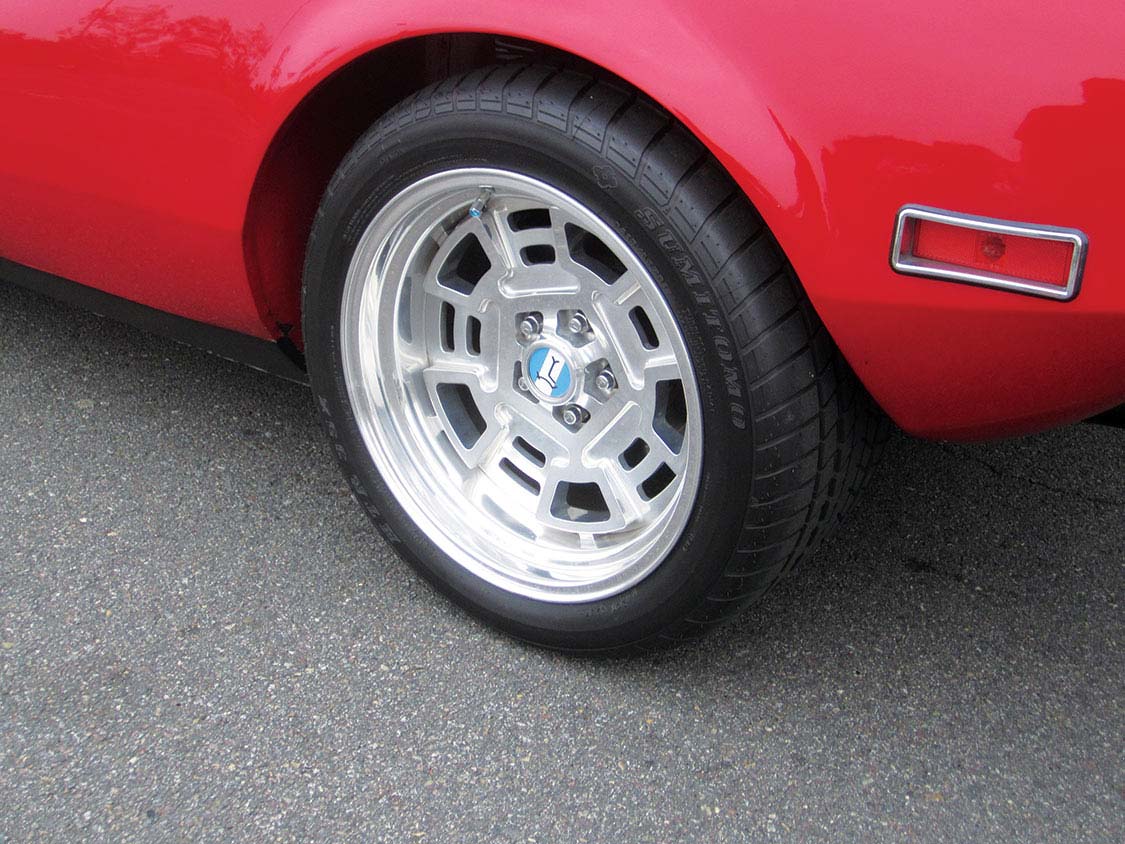
Mike and Craig have been personalized their Panteras to make road trips more compliant as well as trouble-free. This is typical of Pantera state of mind. Both have added additional engine cooling fans, improved the brakes as well as upgraded overall engine performance.
Pantera clubs are among the most active in the country as the car transcends automotive stereotypes. Owners are as welcome at hot rod cruise nights as they are at Concours events. From Monterey to Main Street or Woodward Avenue to Waco, anywhere great styling with gut-wrenching performance is celebrated, the Pantera seems to be a welcome addition. That’s another reason the Pantera is a perfect hybrid – a car capable of uniting nearly every car culture.
The Pantera’s Older Brother
Prior to the creation of the Pantera, DeTomaso jumped into the European supercar space with the Mangusta. Ghia styling and Ford performance set the stage for any success that would come in the following years. The stunning design caused a stir in the Italian auto world mainly because it dared to marry sexy appearance with the brute force of the American 302 V8 engine. The clamshell engine compartment lids were unique and the clean, low beltline gave the car a slippery affect. All 400 were hand-built and very few made their way to the States. The values of both Mangusta and Pantera models are rapidly escalating. Many collectors consider these cars to be five-star investments.
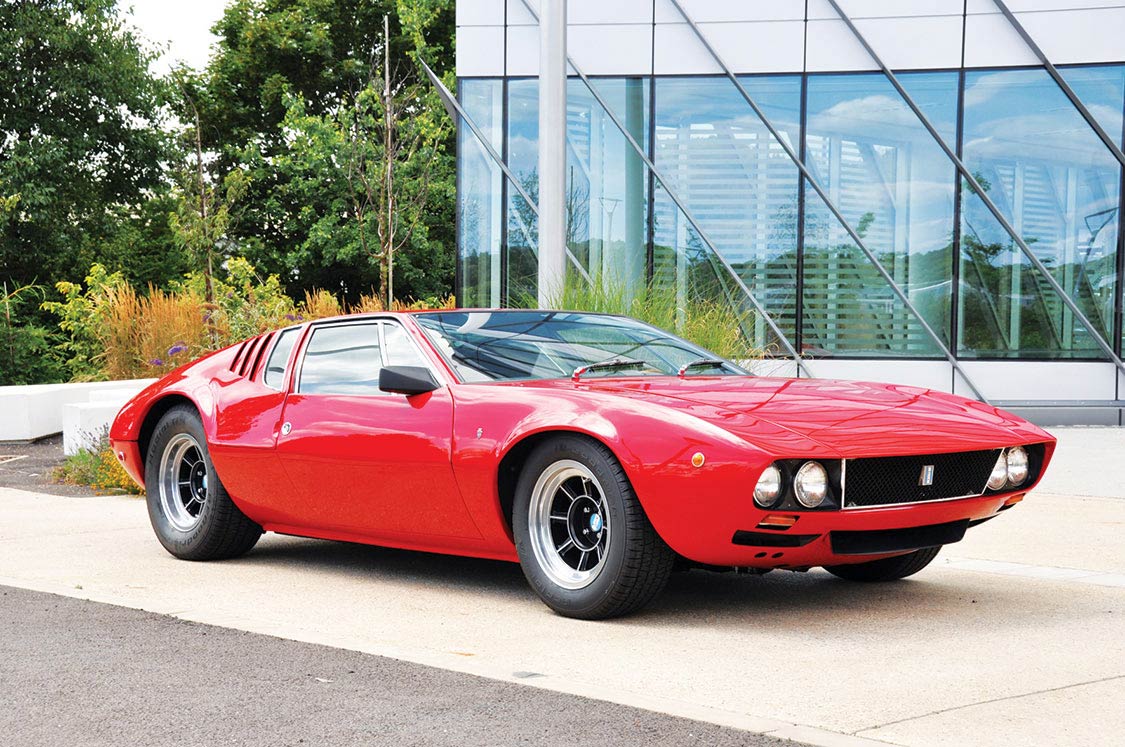
Share Link